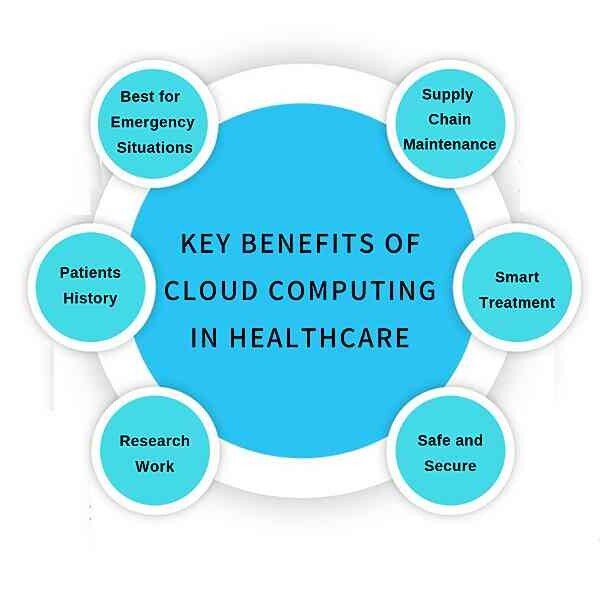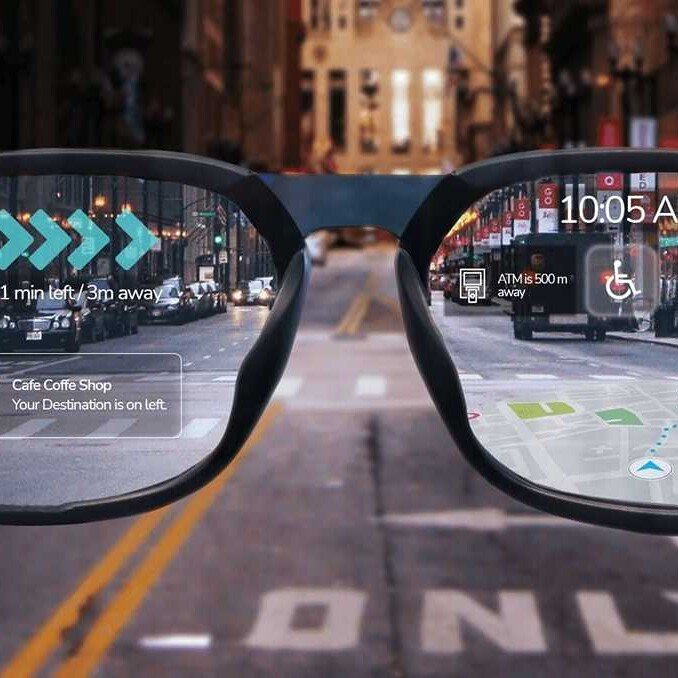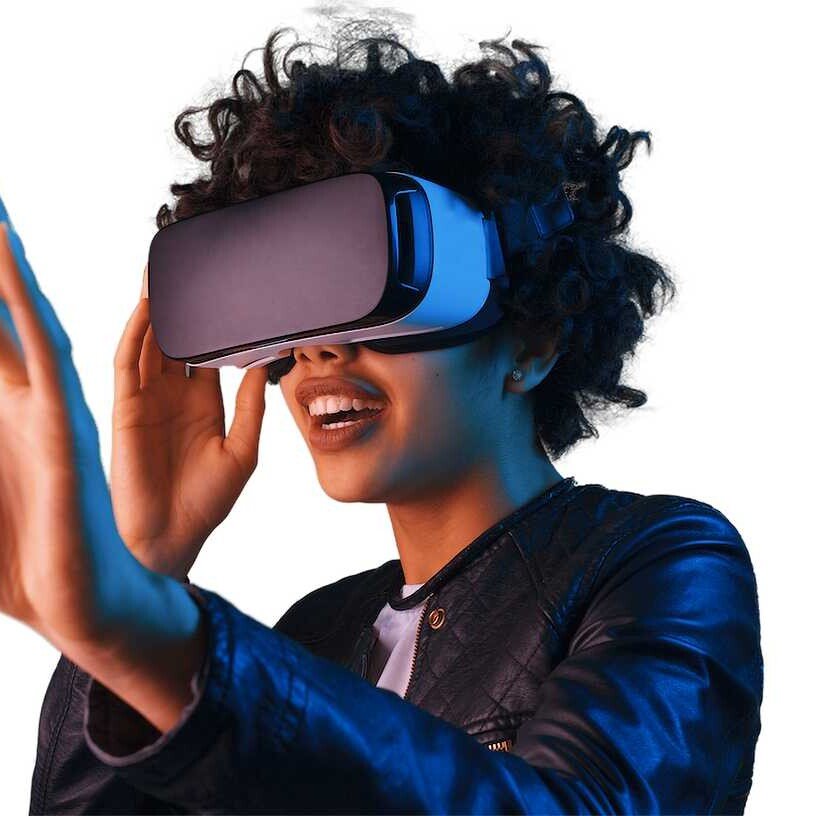Health Technology

Healthcare technology, abbreviated as “health tech,” refers to the use of technologies developed to improve the healthcare system.
There are several different approaches to the definition and scope of health technology; however, the term is typically used to encompass all technologies that are used in the healthcare field, developed to improve the productivity of hospitals, clinics, and health administration services towards enhancing access to quality healthcare.
Examples include healthcare information management systems, document management, medicines, medical devices, assistive technologies, techniques, and procedures, business intelligence software, electronic medical records, mobile health services, patient monitoring systems, etc.
Health technologies include medicines, medical devices, assistive technologies, techniques, and procedures developed to solve health problems and improve the quality of life. – WHO
The digitization of healthcare is accelerating fast.
Technology has enabled healthcare facilities to provide effective care to patients worldwide.
During and following the pandemic, healthcare facilities were overwhelmed by COVID-19 patients.
They hence relied on technology to become more efficient, including streamlining in-patient care, relying on remote technologies, using big data analytics to make clinical decisions, virtual doctors’ appointments, and data scientists making deductions from disease statistics, etc.
From cybersecurity to AI applications, companies are developing solutions for the healthcare industry.
The health technology industry

The health technology market size exceeded 141.8 billion dollars in 2020 and was approximately half a trillion dollars in 2021 according to Statistica.
In terms of the manufacturing of health tech devices, the United States takes the lead (43% of the market), followed closely by European countries (29%).
The health tech market has experienced rapid growth, which can be attributed to the growing popularity of wearable devices, smartphones as well as healthcare information technology (HIT) solutions, among other factors.
About 6.64 billion people globally own a smartphone, which makes up 83.72% of the world’s population.
This has led to the growth of mobile applications for healthcare needs, fueling the industry’s progression.
Drivers of health technology adoption
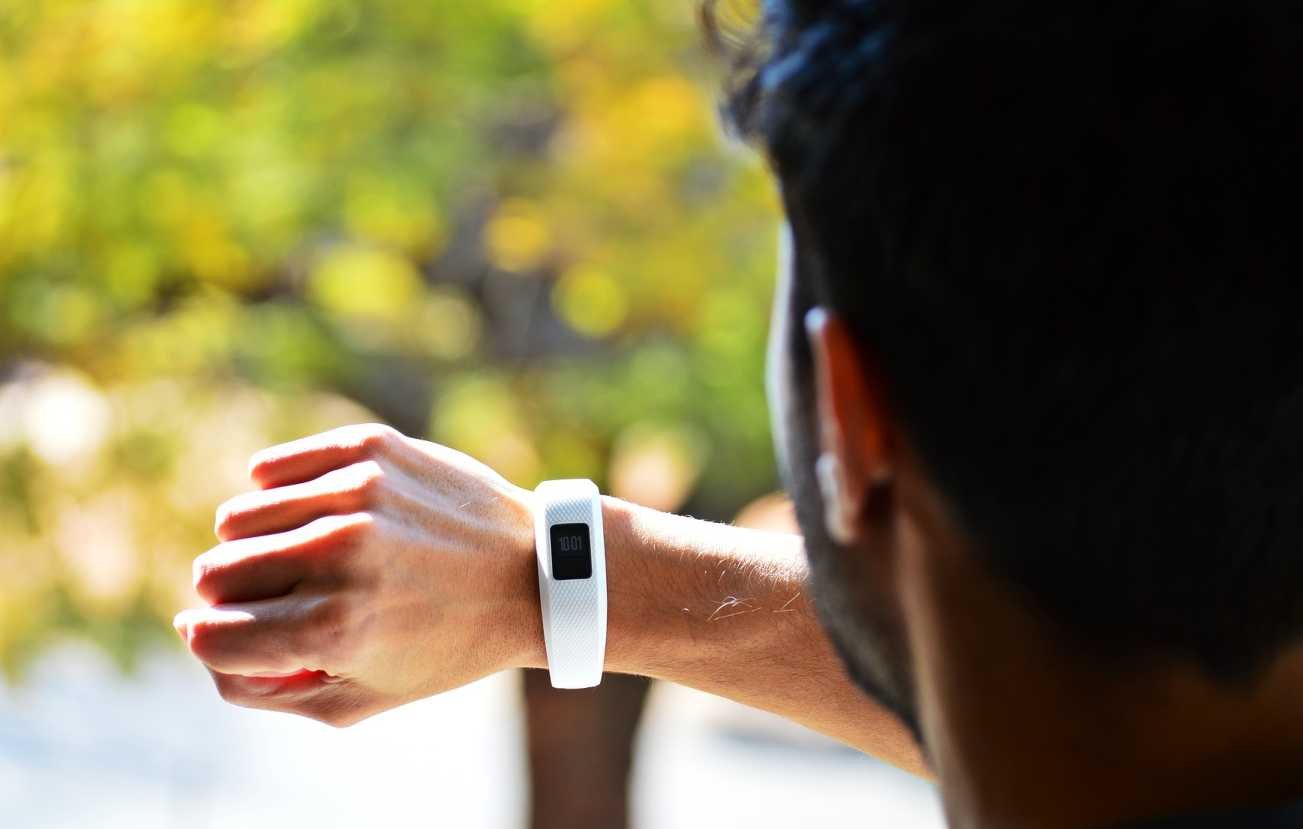
It has been an extraordinary time for technology in healthcare.
Health technology has arrived just as consumers are beginning to take more interest in their health, as more and more people are buying wearables, with health monitoring features.
There are several other drivers for the use of technology in providing quality healthcare including the availability of better diagnostic and analytic tools such as AI to aid patient outcomes, rapidly growing IT platforms, favorable government initiatives, rising demand for remote monitoring of patient wellbeing, growing investments in the health tech field and more partnerships between institutions.
Clinical trials have also taken a better turn as they are now conducted with patients in their respective homes.
These virtual trials are made possible with mobile technology hence, patients can participate with fewer or no clinic visits.
Mobile applications are helping patients become better decision-makers for their health by providing them with personalized insight and care.
Pharmaceutical and insurance companies have recognized the benefits of technology in day-to-day operations in healthcare, as they seek to reduce health costs while giving their bests and being efficient at it.
Divisions of health technology
1. Data
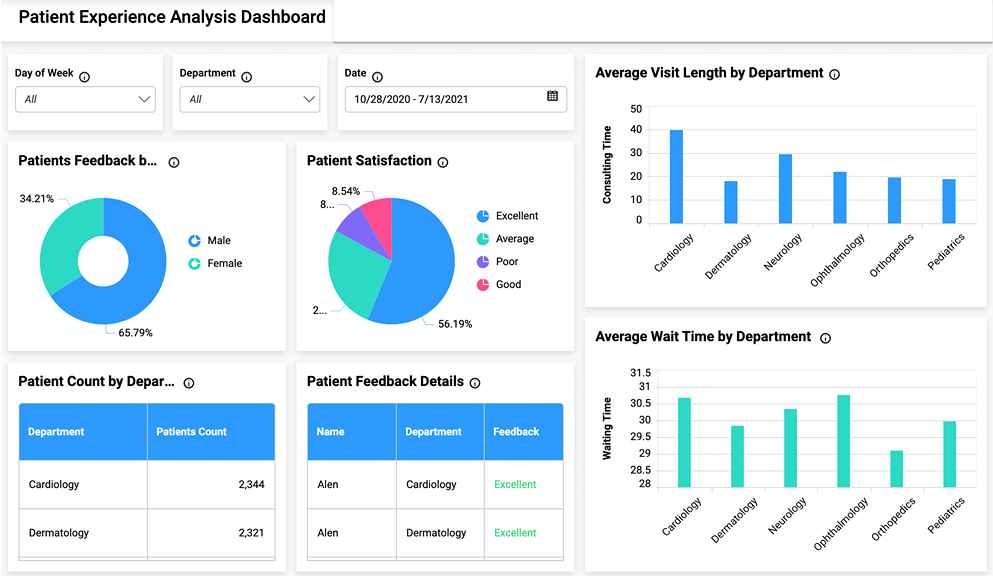
- Data
- Big data
- Data management
- Health data
- Data Analytics
- Data Science
- Health informatics
- Bioinformatics
2. Technologies

- Health information technology (HIT)
- Telemedicine
- Artificial intelligence (AI)
- Blockchain
- Extended reality
- 3D printing
- Nanotechnology
- Cloud technology
- Internet of Medical Technology (IoMT)
- Cybersecurity
- Financial technology (Fintech)
3. Online platforms

- Online communities
- Online shops
- Blogs
- Social media
- Mobile applications
4. Healthcare sectors

- Insurtech
- Pharmatech
- Diagnostics and therapeutics
- Precision/personalized medicine
5. Medical hardware
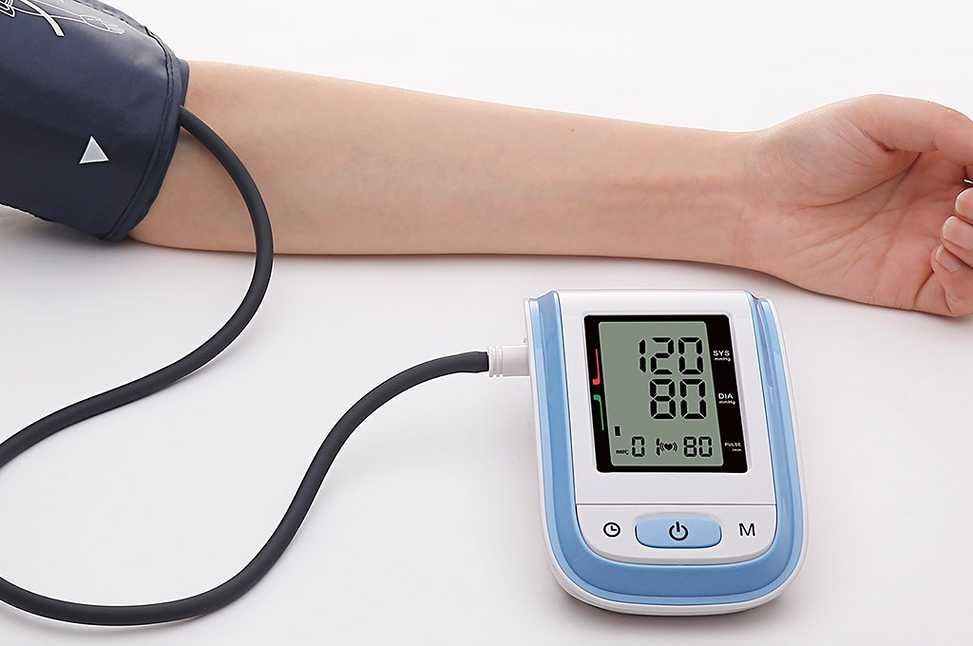
- Medical devices
- Wearables
- Mobile phones
- Robotics
Challenges to the adoption of technology in healthcare

- Health data security: technology eases the transmission of data e.g. from a smartwatch or mobile phone health app to a remote health facility server, which also makes it easier for hackers to gain access to this vital health information. The IoMT ecosystem especially has devices that lack standard security which makes them vulnerable to cyber-attacks.
- Health data privacy: health data is vital information that can be used to identify an individual, protecting these data is protecting the individual’s identity, a challenge in healthcare, as organizations cannot freely share user data.
- Health standards: to ensure interoperability, health solutions are meant to follow generally agreed designs to work comfortably with other solutions – the crux of health standards. A lack of these standards makes it more difficult for these solutions to function effectively in today’s ecosystem of connected devices.
- Government regulations: the rapid advancements in technology have led to several government policies and regulations to curtail the accompanying ease of malicious activities, especially with the data of the users. While these regulations are for the best, in some cases, they pose a stumbling block to technological advancements in the industry.
- Expensive human talent: hiring is a challenge for new health tech startups as getting needed talents and employees on board is expensive and only a luxury established organizations can afford. There is as well a shortage of these talents to implement and manage health technology solutions.
- Lack of a single worldwide regulation: different countries have different regulations. Cross-border technological adoption is slower as healthcare rules and regulations to follow to introduce healthcare solutions across country borders differ from region to region.
- User Experience: a difficult-to-use application or poorly designed health device would have users not using it optimally, if at all they do, thereby impeding the use of such a solution, limiting the data such a solution might be able to collect.
- Slow adoption among the aged population: change is hard, and opting for newer ways of doing things can be challenging, especially among the older population of the world. Digital technologies need to deliver affordable, easy-to-use healthcare solutions to this special age group who are slow adopters.
- Misinformation with health tips and news: the ease of communication with technology also eases the transmission of wrong information and fake news to the public, a big problem in the world today, especially on social media.
A career in health technology
Workplace
- Medical facilities, such as hospitals and clinics
- Pharmaceutical companies
- Consulting firms
- Academic institutions.
Educational Path
- Bachelor’s degree. A bachelor’s degree is typically a 4-year degree.
- Master’s degree. A master’s degree typically takes anywhere from 1 – 3 years to finish.
- Doctorate. The highest degree is a doctorate. It usually takes 3 – 8 years to finish.
Obisesan Damola
Damola is a medical doctor who has worked in the Nigerian healthcare industry for a little over 3 years in a number of primary, secondary, and tertiary hospitals. He is interested in and writes about how technology is helping to shape the healthcare industry. He graduated from the College of Medicine, University of Ibadan, the foremost medical training institution in Nigeria.

